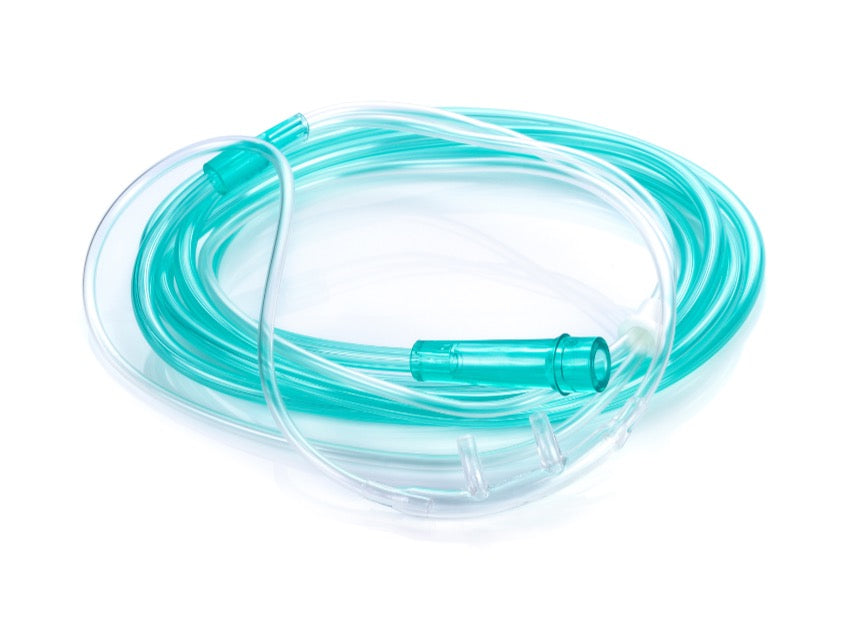
New Demand for Medical Devices also Increases Interest in Durable PTFE Products
General interest in the availability, efficiency and reliability of medical devices has never been so high. As with most things these days, this can be attributed to the COVID-19 pandemic. Close to the core of medical device performance are PTFE tubing and FEP sheets, both of which offers a huge array of medical sector applications. These items are essential in reducing the effects of friction while being able to withstand high heat. It’s a win-win for manufacturers and we here at Fluorostore would like to shed additional light on the perks of these products.
Fluoropolymers are at the heart of many products offered by Fluorostore. Fluoropolymers are essentially plastics capable of standing up to harsh conditions. Fluoropolymers “are critical to life in the 21st century, enabling technologies such as semiconductors, renewable energy, conventional and battery-powered vehicles, medical devices, and energy exploration and production,” according to this Jan. 2021 article from news outlet Bloomberg. As we previously said in this article on the revolutionary benefits of fluoropolymers, these various tubes and sheets will resist damage done by “solvents, acids, and bases.” This is in additional to insulation benefits, which explains why the auto and aviation industries also depend on the specialized tubing.
Medical sector applications of PTFE tubing and FEP sheets require a fair amount of testing and oversight before real-world use. The first advantage, according to Bloomberg, is that “no adverse reproductive, developmental, or other toxic effects have been documented in patients with permanently implantable medical devices containing PTFE.” This can also include catheters, tools, guidewires, sutures, forceps and more. Given the proximity these items would have with the human body, it’s reassuring to know toxicity has been tested and proven not to be a factor. As Bloomberg also notes, “due to their high molecular weight, fluoropolymers cannot cross the cell membrane.” The second advantage is that devices using PTFE tubing, monofilament and FEP sheets will stand the test of time in hostile settings. This includes being inert to many chemicals, resistance to tears, weatherability and ultraviolet (UV) light resistance and established PSI limits while remaining lightweight. FEP sheets share some of these perks, including chemical and UV resistance as well as withstanding temperatures as high as 450 degrees Fahrenheit. Items being used in the laboratory and medical center are often quite similar; it’s for this reason that we see FEP sheets in both settings. The lifespan of these products also boosts patient and doctor confidence, as durability can span decades.
Device designers and manufacturers have the ability to implement components that are tried and true. PTFE tubing and FEP sheets are a prime example. Be sure to browse Fluorostore for more information on our varied PFA, PVDF and heat-shrink products.
